Wabi Sabi - Japanese Philosophy with Tradition
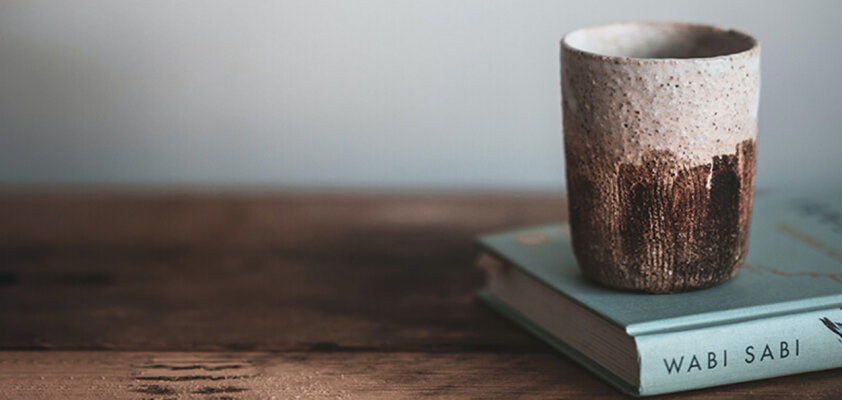
Wabi Sabi (Jap. 侘寂) is a form of Japanese aesthetics whose origin lies in Zen Buddhism. This type of aesthetics cannot be simply reduced to formulas or catchphrases. Wabi Sabi is not a short-lived trend but rather a holistic approach to life. This includes accepting life as it is and being aware of the transience of every moment at the same time. Behind it is the art of accepting the imperfect, incomplete, and impermanent things of life and being content with them. The Wabi-Sabi philosophy is expressed in a variety of forms and colors. Decorations and objects are characterized by their restrained character and modesty.
Celebrating individuality
Wabi Sabi stands in contrast to a loud authority and perceived societal beauty ideals. It describes the fundamental essence of Zen Buddhism. The impermanence of being and things possessing a timeless quality are celebrated in Wabi Sabi. Seemingly inconspicuous details in everyday life are seen in a new light, as it is these very small things that also possess an unpretentious presence. Based on this philosophy, Wabi Sabi orients itself towards the present and emphasizes the acceptance of contradictions and ambiguity. The imperfect flow of life becomes the foundation.
Meaning of Wabi Sabi

The term Wabi-Sabi has its historical origins in the 16th century. It comes closest to the image we refer to as traditional Japanese beauty. Broadly, it can describe a form of lifestyle; narrowly, it is a specific form of aesthetics, whose objects may initially appear simple, artless, and somewhat rustic. Wabi Sabi is influenced by the forces of nature. However, the term is almost never used in a symbolic or representational manner.
Wabi
Wabi describes beauty and simplicity in simplism and in simple things. The conventional pursuit of perfection and material possession leads to dissatisfaction in Zen Buddhism. For Buddhists, it is not about complete asceticism but about developing a new perspective on beauty and harmony.
Sabi
The term Sabi has its origins in the Heian period and is equated with the concept of patina. It describes the aesthetic concept that connects the luster and imperfection of older things with the past and nature. The sense of life associated with Sabi traces back to a haiku by the renowned poet Matsui Bashō from the 17th century. He emphasizes the connection of imperfection with the feeling of Sabishii. In German, Sabishiii is translated as loneliness.
Tea ceremonies and Wabi Sabi

The tea ceremony represents the traditional Japanese way of life and perspective. The elegant simplicity and restrained interior of the tea house contradict the belief that beauty must be associated with splendor and opulence. Wabi embodies the pervasive idea of Zen Buddhism, celebrating its pinnacle in humility and in both spiritual and visual emptiness.
The Japanese tea master Sen no Rikyu coined the term Wabi-Sabi in the 16th century. He was also a Zen monk, and it is said that he wanted to learn the Way of Tea. To do so, he sought a master, and his first task was to clean the garden. After everything was clean, the monk went to a cherry tree and shook it. Only after a few leaves were scattered in the garden did he consider his work perfect. His master was thrilled, and Sen no Rikyu introduced Wabi-Sabi aesthetics into the Japanese tea ceremony.
Purism in Japanese art
Connected with Wabi-Sabi are a series of additional ideas that underscore the essence of Japanese culture. These include Iki (refined style), Kire (cutting), Mono no aware (the pathos of a thing), Sabi (rustic patina), Wabi (austere beauty), and Yūgen (mysterious depth).
The classical philosophy from Japan accepts life and reality as a constant flow of time. Traditional art in Japan is closely linked with Zen minimalism, Feng Shui, and Confucian ways of life. This includes, for example, not only the way of tea (tea ceremony) but also Shōdō (calligraphy).
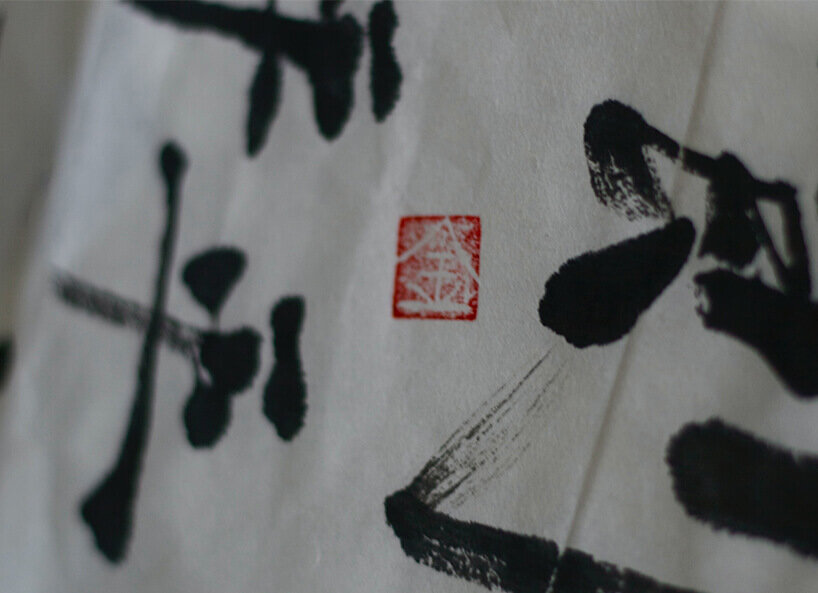
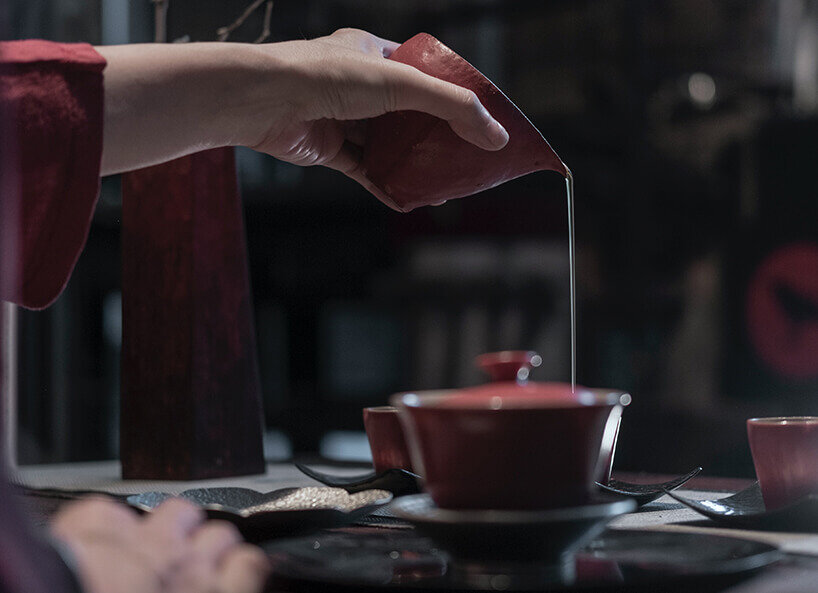
Wabi-Sabi and living trends for houses, hotels and homes
Behind the new design trend in Germany lies the Japanese sense of life, which strives for purity and a return to the essentials. Interior design in the Wabi-Sabi style celebrates a new interpretation of luxury in spaces. It does not follow conventional living trends that aim to be perfect. Wabi-Sabi embodies living in harmony with the environment.
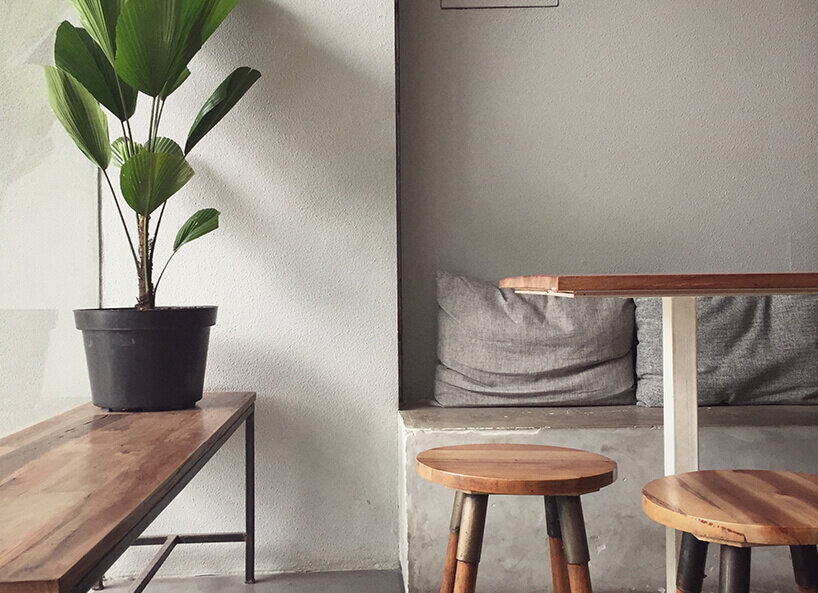

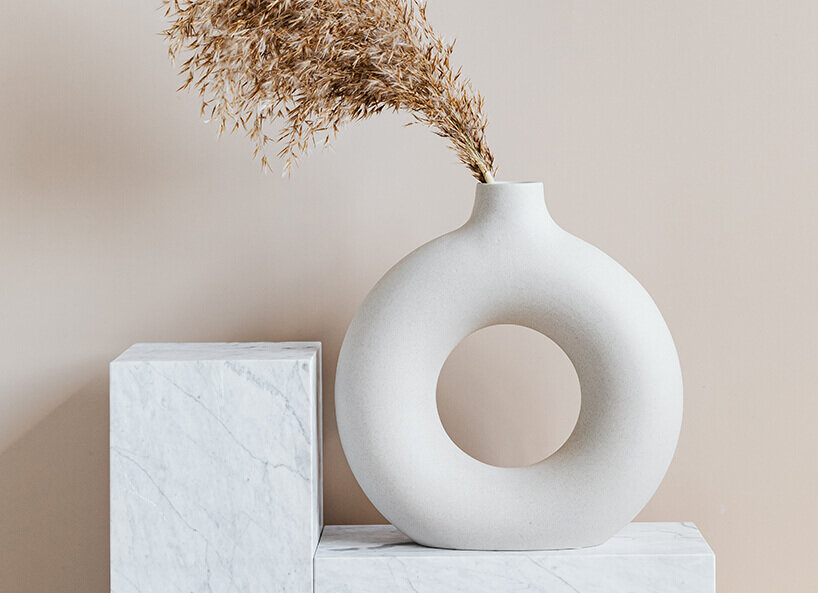

Wabi-Sabi for home
The Japanese mindset can also be reflected in living spaces. It describes a purism that is characterized by natural materials such as wood in subtle colors. It sets a clear contrast to the compulsion of owning a perfect home with fashionable must-haves. Here, authenticity, harmony, and tranquility take center stage. Authenticity is celebrated instead of fleeting trends.
Symbols and images of Wabi-Sabi aesthetics

Just like the leaves of the cherry tree, seemingly imperfect as they adorned the freshly mown garden, impermanence is also a major theme of Wabi-Sabi. A good example of transient objects is a slightly rusted teacup, a cloud in front of the sun, or a moss-covered rock. Here, the observer is invited to discover the seemingly imperfect aesthetics in naturalness and transience. It presents a stark contrast to the Western perspective of beauty. In many Western countries, clear structures, control, and authority are particularly emphasized.
Wabi-sabi in modern Japan
For centuries, the Wabi Sabi philosophy has been one of the cornerstones of Japanese culture. The art of seeing beauty in imperfection has significantly influenced the development of Far Eastern beauty ideals. It describes the beauty of simplicity and thus celebrates the authenticity of modesty. Even seemingly imperfect things can offer dignity and elegance. Because in Wabi-Sabi, it is not about renunciation but about the harmonious acceptance of impermanence in harmony with nature.

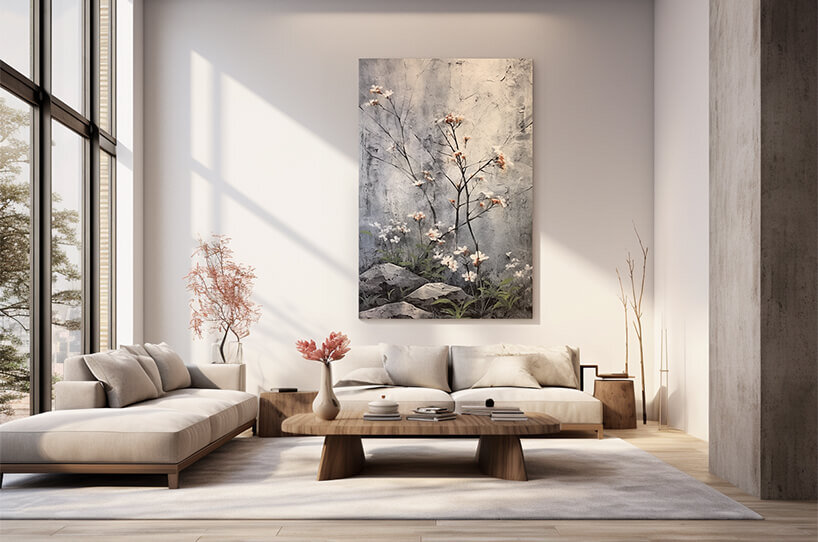
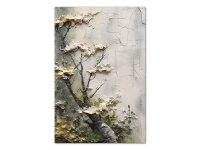
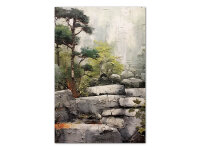
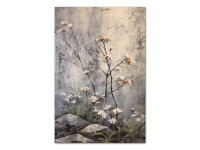
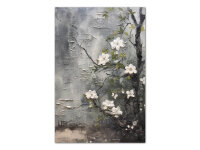
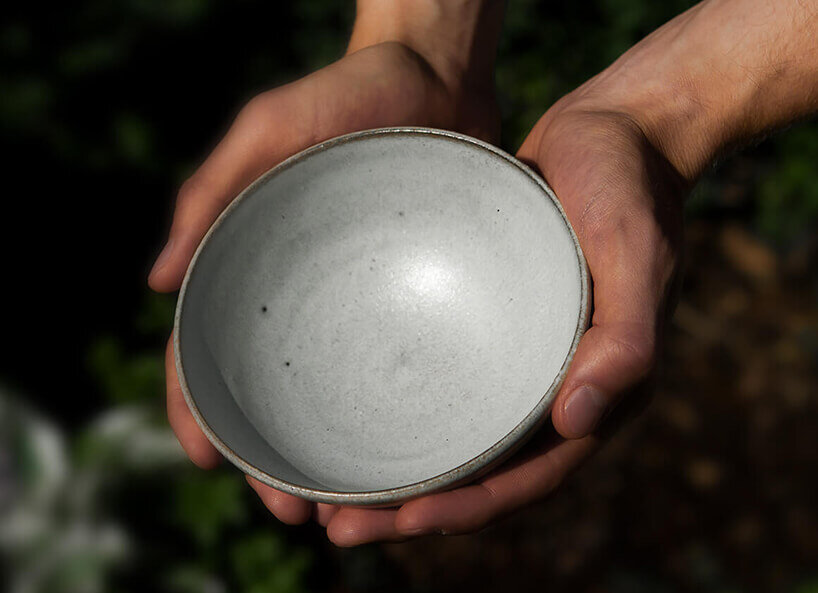
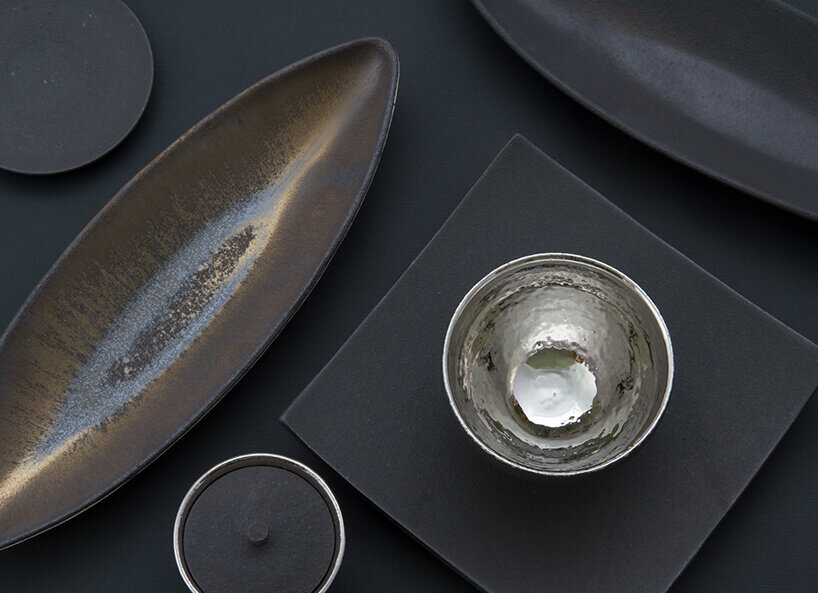










-from-the-yakiyaki-grill-pan.jpg)




